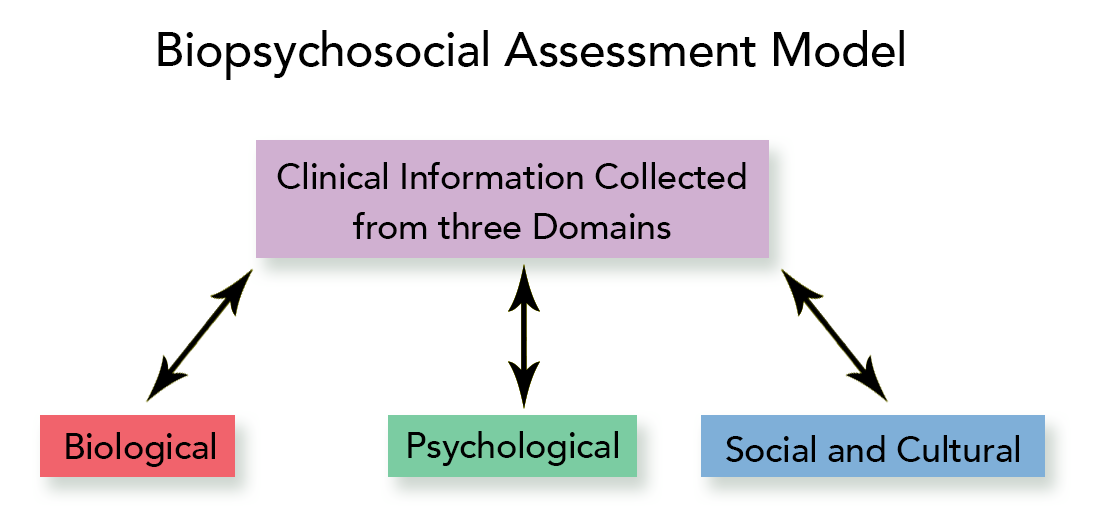2.6 Case Conceptualization
Case Conceptualization
Case conceptualization or some professionals call this process “case formulation” either term is appropriate, it’s a process we utilize to understand a client and their current situation. This process is where Human Service Professionals (counselors, social workers, psychologist etc) to understand a client’s symptoms, emotions, thoughts, behaviors and their personality to make sense with regarding to the clients presenting problem (underlying problem).
We discussed the importance of conducting a strong clinical assessment gathering as much data as we can. Once data is collected we need to use our clinical judgement to integrate the information, while formulating some initial questions, for example “how old is the client? What symptoms stand out during his/her presentation? just a few that starts us to consider a possible diagnoses which leads us to start considering therapeutic interventions.
There are a variety of case conceptualization models currently being used in the field, some are theory specific (behavioral, constructionist, psychodynamic etc) some or non theory specific which includes the (5 P’s) The problem, I experience early in my career was which one do I use? I fell short because every model I learned about incorporated different mechanism and I could not put them into practice. My hypotheses is as young professionals like yourself can find this process overwhelming as well. Please don’t get me wrong, working from a “theoretical perspective is important” it’s the best option which truly drives the treatment planning process.
But for now as young Human Service Professionals let me introduce a “non-theory” model of case conceptualization called The Biopsychosocial Assessment Model. The three domains include Biological, Psychological and Social-cultural Domains.
By conducting a strong clinical assessment and utilizing the Biopsychosocial assessment allows you the Human Service Professional to identify themes, causal factors which may lead to a diagnosis which in turn is the bases for your treatment plan.

Please view the following presentation. Click in the frame to allow left/right arrow keyboard navigation or click on the small gray frames below the main panel to navigate. Full screen viewing available via the icon in the lower right.
Activity
Please go to your Canvas Course and read the case of Paula. Upon completion of reading the case, complete the following documentation
Move information from previous chapter to this section. Effective Treatment planning

